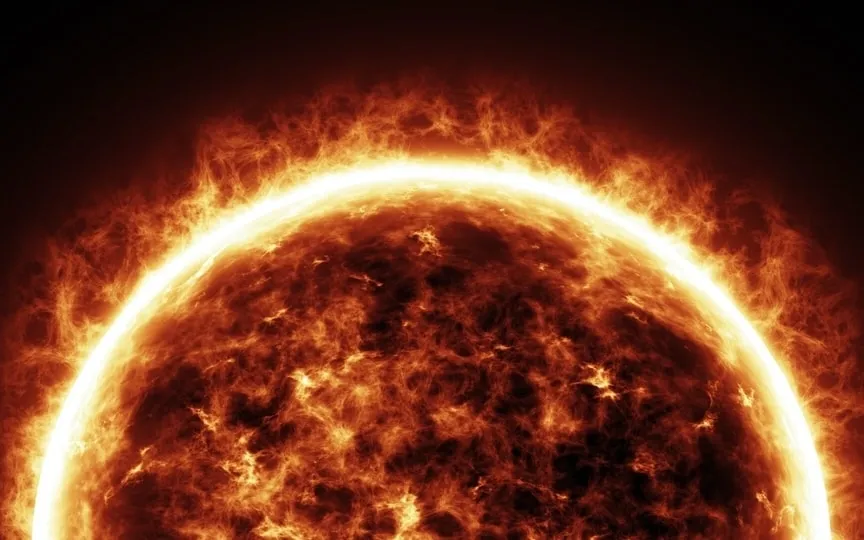NOAA Warns of Solar Storms as Six Intimidating Sunspots Face Earth
Once again, the Earth narrowly avoided a potentially catastrophic solar storm as it dodged an incoming coronal mass ejection (CME) cloud. This marks the third time in two months that the planet has narrowly escaped being hit by a CME wave. However, with six giant sunspots currently facing the Earth, astronomers are questioning how long this streak of luck can continue. The high number of active regions on the Sun makes it seem inevitable that a CME will be unleashed, potentially causing a solar storm of terrifying intensity. The National Oceanic and Atmospheric Administration (NOAA) has released its prediction, which we will examine.
According to a SpaceWeather.com report, “With each visible sunspot breakup, NOAA forecasters have lowered the probability of solar flares today to 15 percent for M flares and just 1 percent for X flares.” While this indicates a reduced risk of a solar storm, it is not zero. The possibility of solar flares can also cause some complications for Earth.
The chance of a solar storm is low, but solar flares may occur today
It is a great coincidence that every sunspot on the Earth-facing side of the Sun is currently decaying. However, it does mean that Earth may have some quieter days this week. But while that’s all good, we also shouldn’t forget that M-class solar flares have a 15 percent chance.
While that may seem like a small percentage, in reality it’s still a concern because our current technology limits our ability to accurately predict solar storms and solar flares. This means that our predictions are largely based on historical data and models, and there is no empirical evidence of their certainty. And that’s why both NOAA and NASA satellites are constantly tracking the sun, even when the probability of solar activity is low.
In the past, surprise solar storms have proven quite destructive, including a G4 solar storm in April that forced the shutdown of Canadian oil rigs. Such solar storms are very powerful and can damage satellites, disrupt mobile networks and Internet services, and even cause power grid outages.
Learn how NOAA observes the sun
While many space agencies—from NASA to the Solar Dynamics Observatory (SDO) and the National Oceanic and Atmospheric Administration (NOAA)—monitor sun-based weather phenomena, one in particular stands out, NOAA’s DSCOVR satellite. The satellite was launched in 2016 and monitors various measurements of the Sun and its atmosphere, such as temperature, velocity, density, degree of inclination and frequency of solar particles. The returned data is then run through the Space Weather Prediction Center and a final analysis is prepared.




